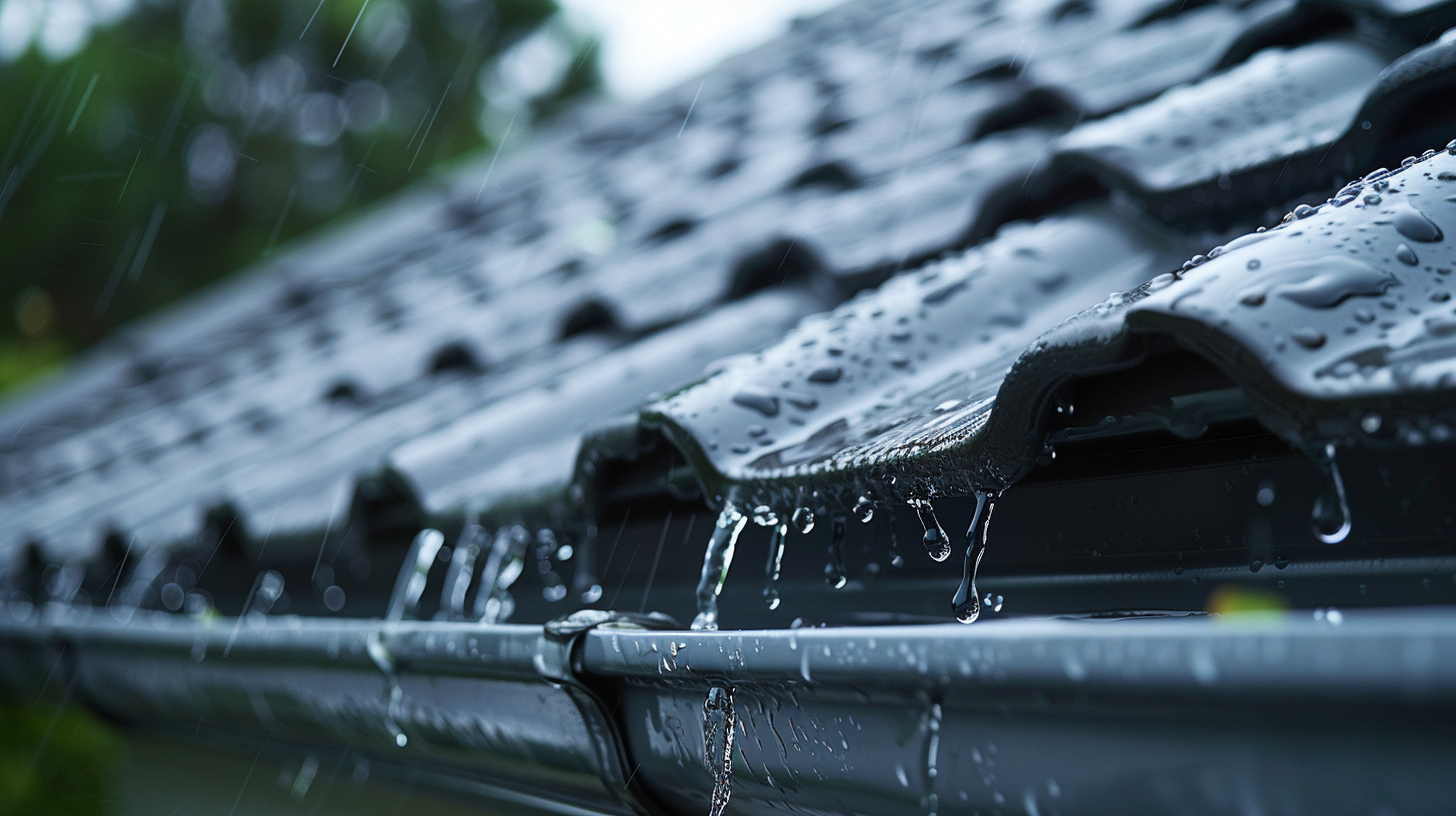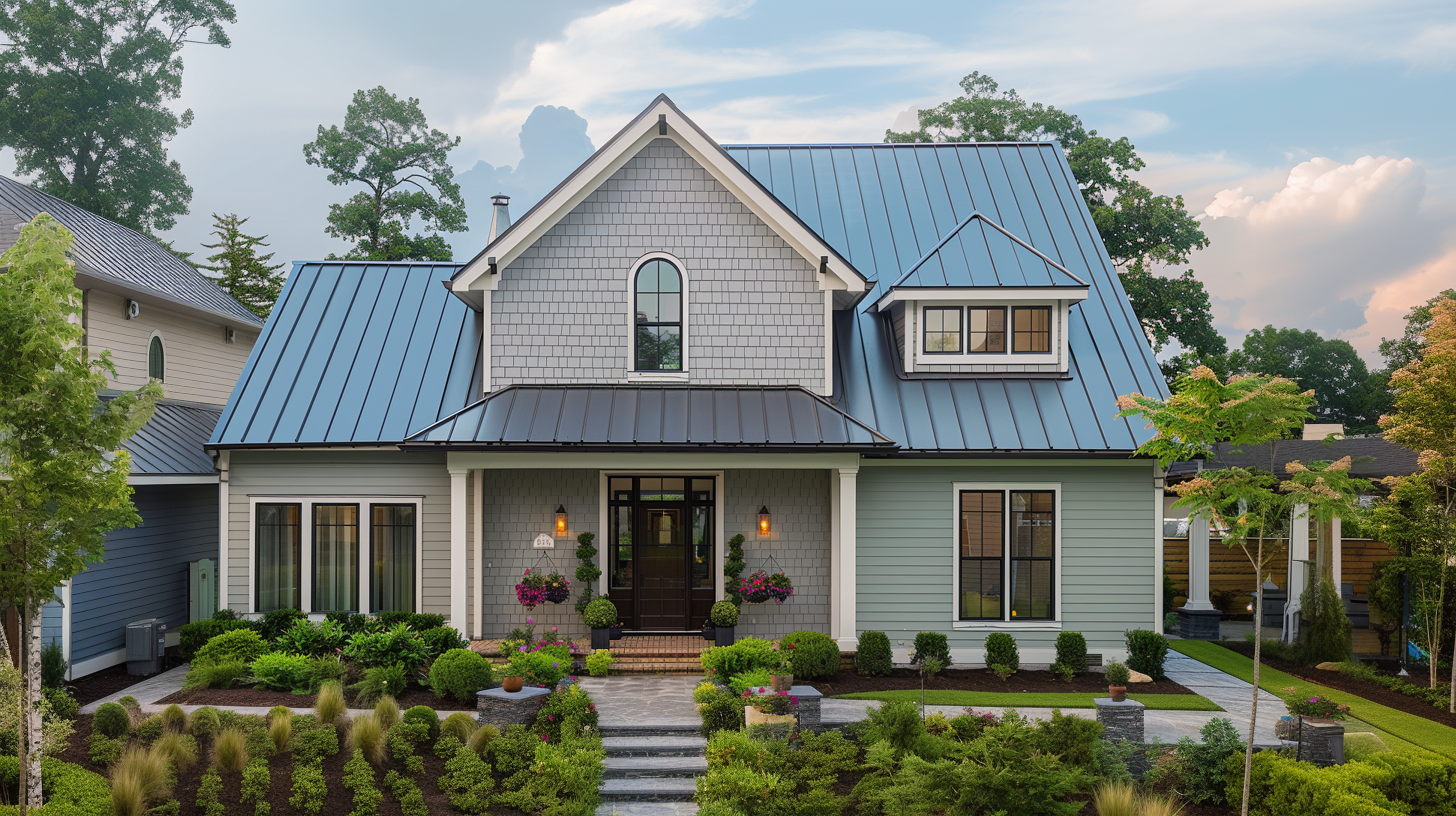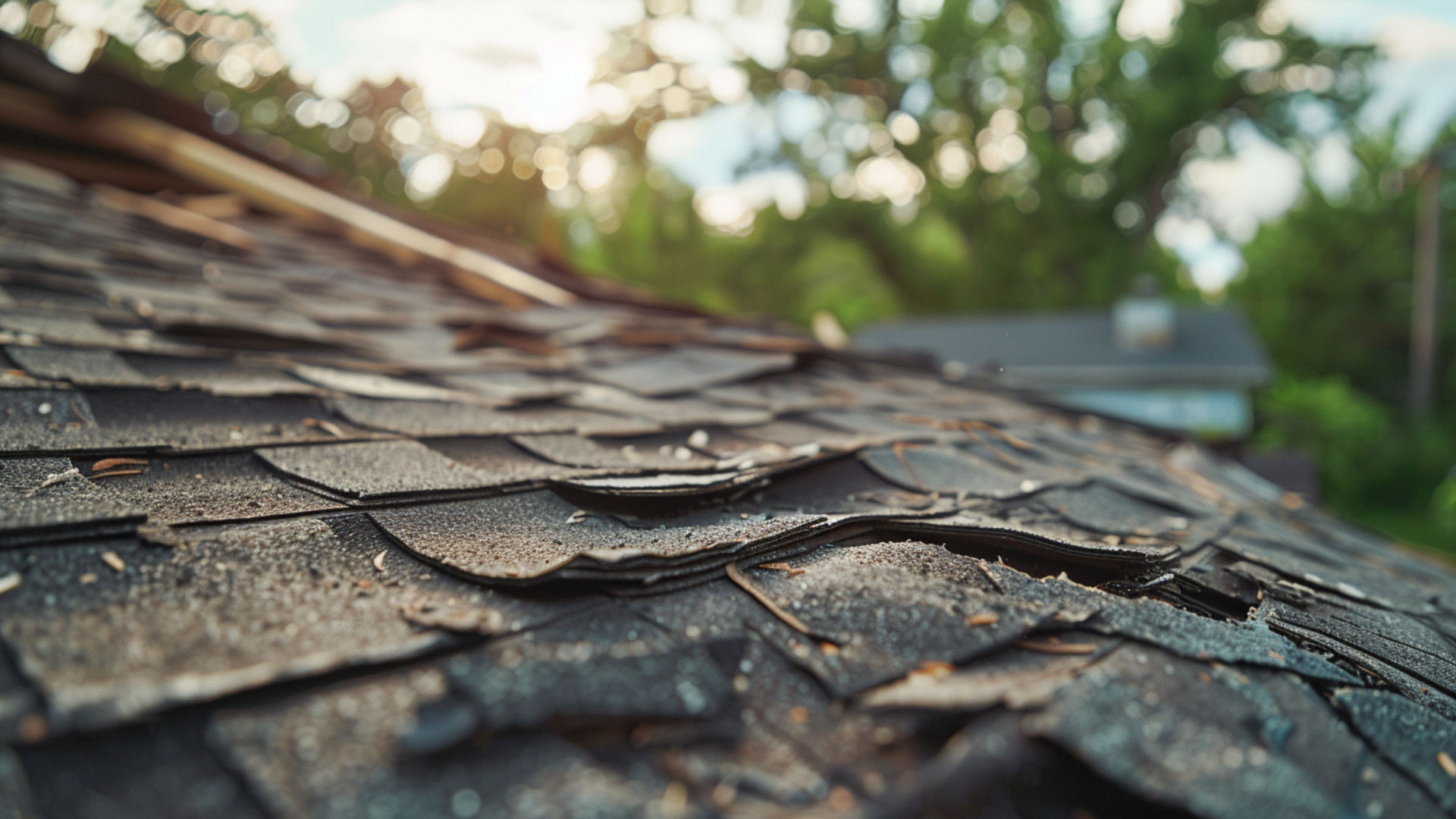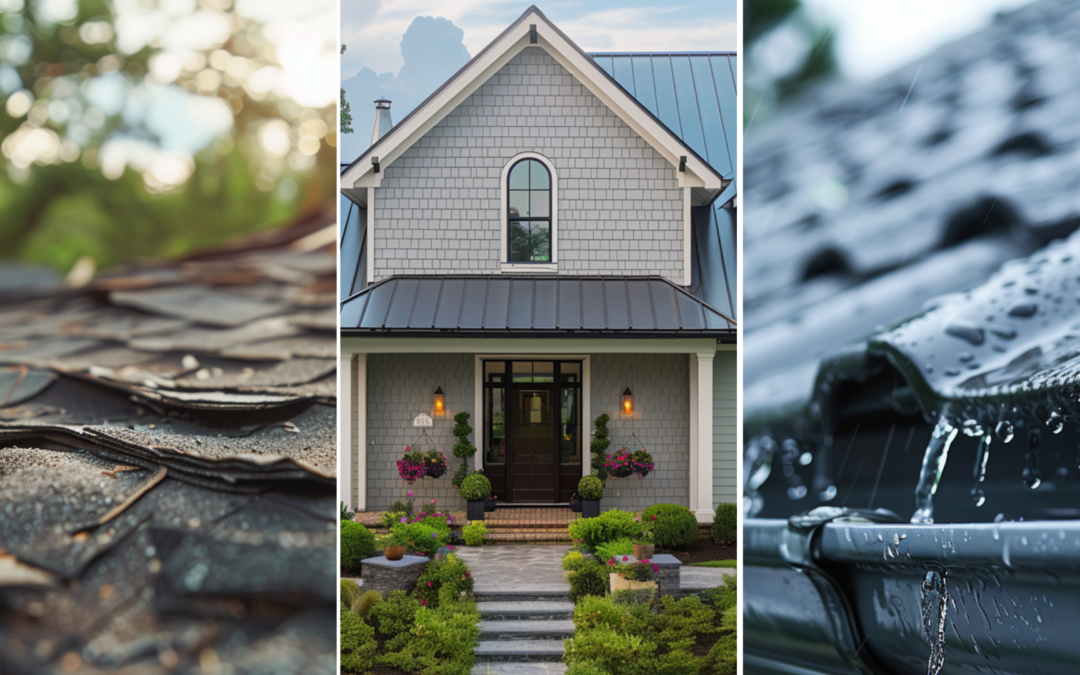Overview of How Weather Conditions Can Impact Roofing
Roofing weather conditions significantly impact the durability and performance of
roofing materials, making it essential to consider these factors before any renovation. Extreme temperatures can cause roofing materials to expand, contract, and eventually crack. At the same time, heavy rainfall can lead to leaks and water damage if the roof is not correctly installed or maintained. Snow and ice accumulation add considerable weight to a roof, posing structural damage or collapse risks in regions with harsh winters. Additionally, strong winds can lift and dislodge shingles or tiles, requiring frequent inspections and repairs to maintain the roof’s integrity. UV radiation from the sun also degrades roofing materials over time, reducing their lifespan and effectiveness in protecting the home.
Importance of Understanding Different Weather Challenges for Roofs
Understanding different weather challenges is crucial for maintaining and renovating roofs. These weather conditions can significantly impact roofing materials, causing wear and tear over time. Sunlight and constant exposure can cause the materials to fade and become brittle, while excessive heat can lead to expanding and contracting, resulting in cracks and leaks. Rain can penetrate through weak areas, leading to water damage and mold growth. Strong winds can lift and tear off shingles, leaving the roof vulnerable to water infiltration. Cold weather and heavy snowfall can put immense weight and stress on the roof structure, potentially leading to collapse and necessitating roof repair. By considering these weather challenges, homeowners can make informed decisions on the type of roofing materials to choose and take preventative measures to protect their roofs.

Roofing Weather Conditions - Extreme Weather Conditions - Sky Roofing Construction & Remodeling
Extreme Weather Conditions
Extreme weather conditions are of utmost importance for roofing projects. The durability and longevity of a roof depend on how well it can withstand these harsh elements. From scorching hot weather to cold temperatures, from heavy rain to high winds, extreme weather conditions can pose the most significant threat and cause considerable damage to the roof structure. Understanding these ideal conditions and their effects on roofing materials can help homeowners engage in careful planning and make informed decisions when preparing for their roofing renovations. Whether you live in a region with intense heat waves, frigid winters, frequent rainstorms, or strong winds, prioritizing weather resistance is crucial. Choosing the appropriate roofing materials and installation techniques ensures the longevity and efficiency of your roof and minimizes the risk of significant damage.
Heavy rains can cause significant damage to roofing materials, including leaks, wood rot, mold, and mildew. These damages can compromise the roof’s integrity and lead to structural issues if not addressed promptly. Proper sealing and clear gutters are essential in preventing water buildup, as they ensure that rainwater is directed away from the roof efficiently. Options such as metal or tile are highly recommended when choosing roofing materials that protect against heavy rainfall. These materials are known for their durability and resistance to water damage, making them ideal choices for regions where heavy rains are expected. By considering these factors and selecting suitable materials, homeowners can mitigate the risks associated with heavy rains and ensure the longevity of their roofs.
Strong winds can significantly impact roofs, potentially causing damage and other problems. When subjected to strong winds, shingles on a roof can become loosened or even dislodged, leaving vulnerable areas that can result in leaks. As water infiltrates the roof structure through these damaged areas, it can lead to further deterioration and costly repairs. Therefore, it is crucial to consider the potential impact of strong winds on a roof when undertaking renovation projects to avoid shingle damage, leaks, and structural issues. By considering the weather conditions specific to the area, homeowners can make informed decisions and protect their roofs from potential harm.
Extreme heat can significantly impact roofs, causing potential damage such as material deterioration and breakdown. It is crucial to take specific measures to mitigate the effects of extreme heat. Conducting regular roof inspections helps identify any existing issues and allows for timely repairs and maintenance. Cleaning debris from the roof helps prevent clogs and damage to the materials. Ensuring proper insulation and ventilation is also essential, as it helps regulate the temperature and reduce the strain on the roof. By considering these factors and taking appropriate measures, homeowners can protect their roofs and maximize their lifespan even in extreme heat conditions.
Heavy snowfall can harm roofs, including potential damage to the roof itself and the gutters. The weight of heavy snow can cause roofs to sag or even collapse, putting the safety of the building’s occupants at risk. Additionally, the formation of ice dams can occur when the snow on the roof melts and then refreezes at the edges, blocking the flow of water. This can lead to water leakage and damage to the interior of the building. To address these consequences, preventative measures should be taken. Regular inspections should be conducted to check for snow and ice buildups, which should be promptly removed. Keeping gutters clear of debris is also essential to ensure proper drainage. Many roofing companies offer snow and ice removal services to those unable to handle these tasks themselves for those unable to handle these tasks themselves. By taking these preventative measures, the potential damage caused by heavy snowfall can be mitigated, preserving the roof’s integrity and protecting the building from further harm.

Roofing Weather Conditions - Impact on Roofing Materials - Sky Roofing Construction & Remodeling
Impact on Roofing Materials
When it comes to roofing renovations or installations, understanding the impact of weather conditions is crucial. The weather can significantly affect the performance and lifespan of common roofing materials, making it essential to consider factors such as temperature, precipitation, humidity, and even wind speed. Severe storms and extra precautions are necessary to prevent roofing damage and protect the roof surface from damage. By understanding the weather’s impact on roofing materials, homeowners and contractors alike can make informed decisions and ensure longer-lasting, durable roofs that withstand the elements.
Asphalt Shingles are a popular roofing option due to their key characteristics, including affordability, an easy installation process, and the availability of various colors and styles. These shingles are known for their cost-effective nature, making them a budget-friendly choice for homeowners. Their easy installation also allows for a quicker renovation, saving time and effort. Moreover, Asphalt Shingles provide a wide range of colors and styles, allowing homeowners to select a roofing option that suits their preferences and complements their home’s aesthetic. However, knowing their susceptibility to becoming brittle in colder temperatures is essential. To prevent this, it is crucial to store Asphalt Shingles in a warm place and handle them with care. Homeowners can make informed decisions when considering asphalt shingles for their roofing projects by understanding these characteristics and using proper storage and handling techniques.
Metal roofs have gained popularity recently due to their numerous benefits and characteristics. One of the key advantages of metal roofs is their exceptional durability and longevity. They are constructed using steel, aluminum, copper, and zinc, contributing to their long-lasting nature. Additionally, metal roofs are prevalent in hurricane-prone areas due to their ability to withstand high winds and impact from debris. Furthermore, they are environmentally friendly and fully recyclable, making them a sustainable choice for homeowners. Additionally, metal roofs have reflective properties that help to regulate the temperature inside the building, making them suitable for hot climates.
Traditional Roofing Materials
Traditional roofing materials have been used for many years and have advantages and disadvantages. Some common conventional roofing materials include asphalt shingles, tile, wood shakes, and metal. Asphalt shingles are popular due to their affordability and ease of installation. Still, they may not last as long as other materials and may be prone to damage in extreme weather conditions. Tile roofs are known for their durability and aesthetic appeal, but they can be heavy and require additional structural support. Wood shakes offer a natural and rustic look but can be susceptible to fire and require regular maintenance. Finally, metal roofing provides excellent durability and can withstand harsh weather conditions but may be more expensive. Understanding the characteristics of these traditional roofing materials is crucial for homeowners considering a renovation project to ensure they choose the suitable material for their specific weather conditions and needs.

Roofing Weather Conditions - Signs of Damage - Sky Roofing Construction & Remodeling
Before starting a roofing renovation project, it is crucial to consider the weather conditions to ensure the success and longevity of the roof. By examining the signs of damage caused by various weather elements, homeowners can make informed decisions about their roofing needs and plan accordingly. By considering these factors, individuals can avoid unnecessary expenses and ensure the durability and effectiveness of their roofing projects.
1. Hail Damage: Hailstorms can cause significant damage to a roof, leading to leaks, cracks, and dents in the shingles. Homeowners should look for dented or bruised shingles, granule loss, and exposed fiberglass matting as signs of hail damage. It is essential to address any hail damage promptly to prevent further deterioration and maintain the roof’s integrity.
2. Wind Damage: High winds can cause shingles to lift, loosen, or even blow off entirely. Individuals should inspect their roofs for missing or misaligned shingles and signs of curling or buckling. Debris on the roof or in gutters may also indicate wind damage. Addressing wind damage promptly can prevent water infiltration and further structural issues.
3. Sun Damage: Prolonged exposure to the sun’s UV rays can cause shingles to deteriorate, resulting in blistering, cracking, or curling. Homeowners should look for signs of discoloration, missing granules, or algae growth as indications of sun damage. Regular inspections and maintenance can minimize the effects of sun damage and extend the roof’s lifespan.
By being aware of these signs of damage caused by weather conditions such as hail, wind, and sun, homeowners can take proactive measures to protect their roofs and save on costly repairs in the long run.
Loose shingles can be a common issue with shingle roofs, especially in cold temperatures and heavy wind, and they can have potential consequences such as water damage. When shingles become loose or damaged, it creates openings for water to seep through, leading to leaks and moisture problems inside the home. Water damage can cause structural issues, mold growth, and damage to the house’s interior. It is essential to promptly address loose shingles to prevent further damage and protect the roof’s integrity. Regular inspections and maintenance can help identify and resolve any issues with loose shingles, ensuring the longevity and effectiveness of an asphalt roof.
Water damage to a leaky roof can result in numerous issues requiring regular roof maintenance and prompt attention to prevent further damage and expenses. Factors such as exposed portions of the roof and aging can contribute to roof collapse and water damage, leading to the rotting of supports and plywood. This can ultimately weaken the structure of the roof and compromise its integrity. The consequences of roof damage can be significant, including needing a complete replacement, which can be costly and time-consuming. Additionally, if roof damage is left unaddressed, it can spread to other parts of the house, causing further damage and potentially impacting the structural stability of the entire building. Therefore, addressing roof damage promptly and effectively is crucial to avoid these potential complications.
Ensuring Resilience: Sky Roofing Construction & Remodeling Guides You Through Roofing Weather Conditions
Understanding the impact of roofing weather conditions is essential for maintaining a durable and long-lasting roof. Whether you’re dealing with extreme heat, heavy rains, or strong winds, these factors can significantly affect your roof’s performance and longevity. To ensure your roof is well-equipped to withstand these challenges, consider scheduling a roofing consultation with Sky Roofing Construction & Remodeling (
https://skyroofingconstructiontx.com). Call (210) 942-9797 to schedule your consultation and safeguard your roof for years.




